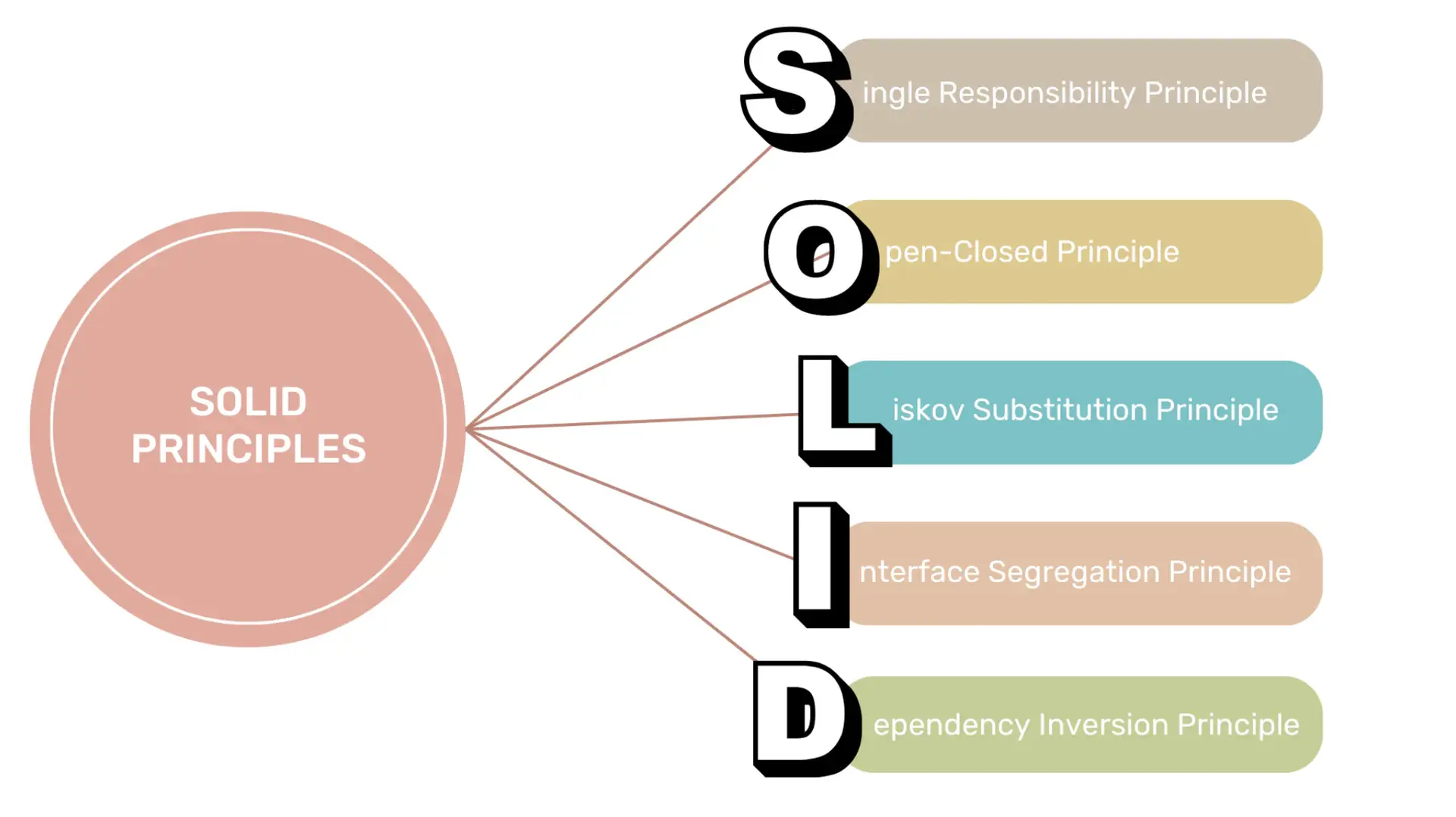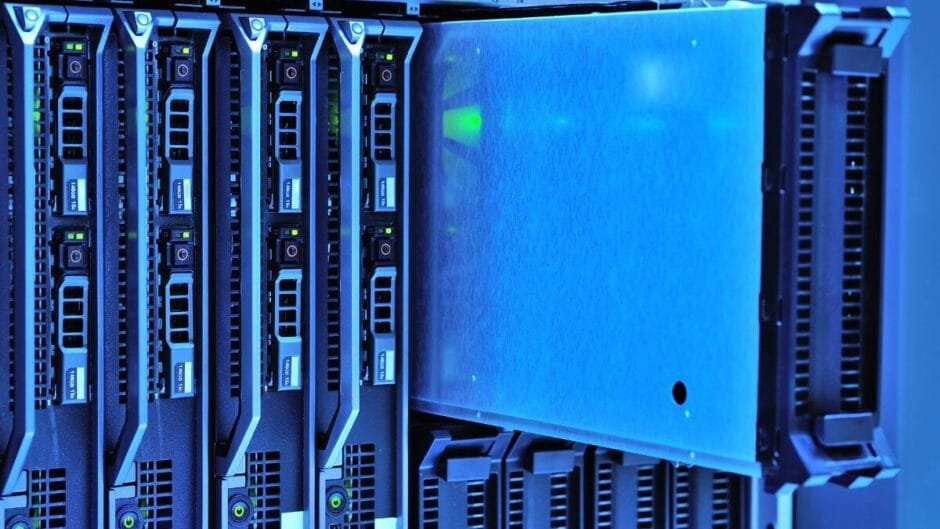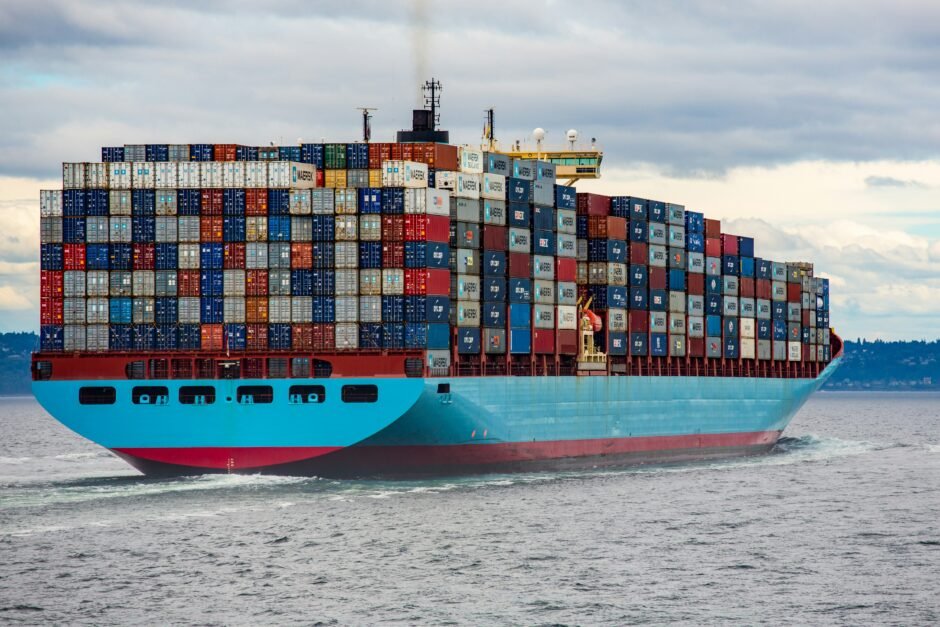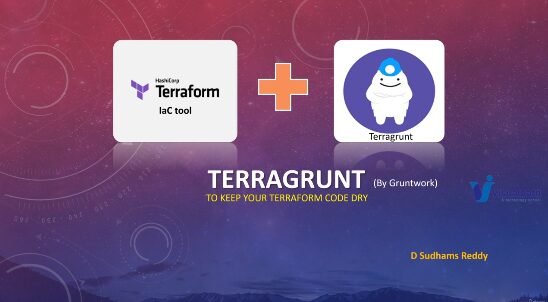Serverless Computing Q&A and Courses + free courses
Serverless Computing Q&A and Courses + free courses
Learning serverless computing offers several advantages.
Firstly, it simplifies infrastructure management, allowing developers to focus on writing code and delivering business value.

Serverless architectures inherently offer automatic scaling, ensuring that applications can handle varying workloads without manual intervention.
Additionally, it promotes cost-efficiency as users are billed based on actual usage rather than pre-provisioned capacity.
Furthermore, serverless architectures are highly resilient; cloud providers manage fault tolerance and high availability, reducing the risk of downtime.
The usage of serverless computing spans various scenarios.
It’s commonly used for event-driven applications, real-time data processing, IoT applications, API backends, and more.

Its ability to handle sudden spikes in traffic, low-latency requirements, and seamless integration with other cloud services makes it suitable for modern, scalable, and agile applications.
Many organizations leverage serverless computing to build and deploy applications rapidly, optimize costs, and focus on innovation rather than infrastructure maintenance, thereby increasing productivity and agility in the software development lifecycle.

Udemy Serverless Computing Q&A and Courses with big discounted pricing
[ufwp search=”serverless computing” items=”99″ template=”grid” grid=”3″ lang=”en” style=”dark”]
Here are 20 multiple-choice questions (MCQs) about Serverless Computing along with their respective answers:
Question: What does “serverless” mean in the context of cloud computing?
A) No servers are used in the cloud
B) Servers are managed by third-party providers
C) Developers don’t manage the underlying infrastructure
D) Servers are completely eliminated
Answer: C) Developers don’t manage the underlying infrastructure
Question: Which cloud service model is associated with Serverless Computing?
A) Infrastructure as a Service (IaaS)
B) Platform as a Service (PaaS)
C) Software as a Service (SaaS)
D) Functions as a Service (FaaS)
Answer: D) Functions as a Service (FaaS)
Question: What is the main characteristic of serverless architectures regarding scalability?
A) Fixed and static scalability
B) Manual and periodic scaling
C) Automatic and dynamic scalability
D) No scalability options
Answer: C) Automatic and dynamic scalability
Question: In Serverless Computing, what is the typical billing model based on?
A) Pre-allocated server instances
B) CPU usage
C) Actual resource consumption and execution time
D) Storage capacity
Answer: C) Actual resource consumption and execution time
Question: Which programming languages are commonly used in Serverless Computing?
A) JavaScript, Python, and Java
B) C++, Ruby, and PHP
C) Swift, Objective-C, and Kotlin
D) HTML, CSS, and XML
Answer: A) JavaScript, Python, and Java
Free datacamp courses

Question: What type of applications are well-suited for Serverless Computing?
A) Applications with consistent high traffic
B) Batch processing applications
C) Stateless and event-driven applications
D) On-premises legacy applications
Answer: C) Stateless and event-driven applications
Question: What does FaaS stand for in Serverless Computing?
A) Functions as a Service
B) Framework as a Service
C) Forms as a Service
D) Files as a Service
Answer: A) Functions as a Service
Question: Which cloud provider offers AWS Lambda as a Serverless Computing service?
A) Microsoft Azure
B) Google Cloud Platform
C) Amazon Web Services (AWS)
D) IBM Cloud
Answer: C) Amazon Web Services (AWS)
Question: What is the primary advantage of using Serverless Computing for developers?
A) Complete control over infrastructure
B) Reduced development time
C) Higher infrastructure management overhead
D) Fixed and predictable costs
Answer: B) Reduced development time
Question: In Serverless Computing, what are the functions triggered by?
A) Manual user intervention
B) External events or requests
C) Scheduled time intervals
D) Internal database changes
Answer: B) External events or requests
Question: What is the primary role of a cloud provider in Serverless Computing?
A) Developing application code
B) Managing and provisioning servers
C) Setting up network infrastructure
D) Managing serverless platform and scalability
Answer: D) Managing serverless platform and scalability
Free tutorial point courses

Question: Which component in Serverless Computing allows multiple functions to be executed together as a workflow?
A) Serverless Container
B) Serverless API Gateway
C) Serverless Orchestration
D) Serverless Deployment Manager
Answer: C) Serverless Orchestration
Question: What is the term for the delay experienced in Serverless Computing when a function is invoked for the first time after a period of inactivity?
A) Cold start
B) Warm-up time
C) Hot execution
D) Initial latency
Answer: A) Cold start
Question: Which of the following is not a characteristic of Serverless Computing?
A) Cost optimization
B) Manual resource provisioning
C) Event-driven
D) Pay-per-use billing model
Answer: B) Manual resource provisioning
Question: What is the primary method of invoking functions in Serverless Computing?
A) HTTP requests
B) Cron jobs
C) SSH connections
D) SNMP polling
Answer: A) HTTP requests
Free coursera courses

Question: How does Serverless Computing handle server maintenance tasks like patching and updates?
A) Developers handle updates manually
B) Automatically managed by the cloud provider
C) Requires downtime for updates
D) Managed by an external third-party service
Answer: B) Automatically managed by the cloud provider
Question: What is the advantage of Serverless Computing regarding resource utilization?
A) Resources are always fully utilized
B) Resources are statically allocated
C) Resources are shared across multiple users
D) Resources are dynamically allocated and scaled as needed
Answer: D) Resources are dynamically allocated and scaled as needed
Question: Which AWS service allows you to build serverless web applications?
A) AWS S3
B) AWS Lambda
C) AWS EC2
D) AWS RDS
Answer: B) AWS Lambda
Question: What is the term for the limit on the maximum execution time for a single invocation of a function in Serverless Computing?
A) Timeout period
B) Execution limit
C) Invocation cap
D) Time threshold
Answer: A) Timeout period
Question: What is the primary focus of Serverless Computing in terms of application design?
A) Stateful application architecture
B) Microservices-based architecture
C) Monolithic application architecture
D) Function-based and event-driven architecture
Answer: D) Function-based and event-driven architecture
Free Udacity courses











































